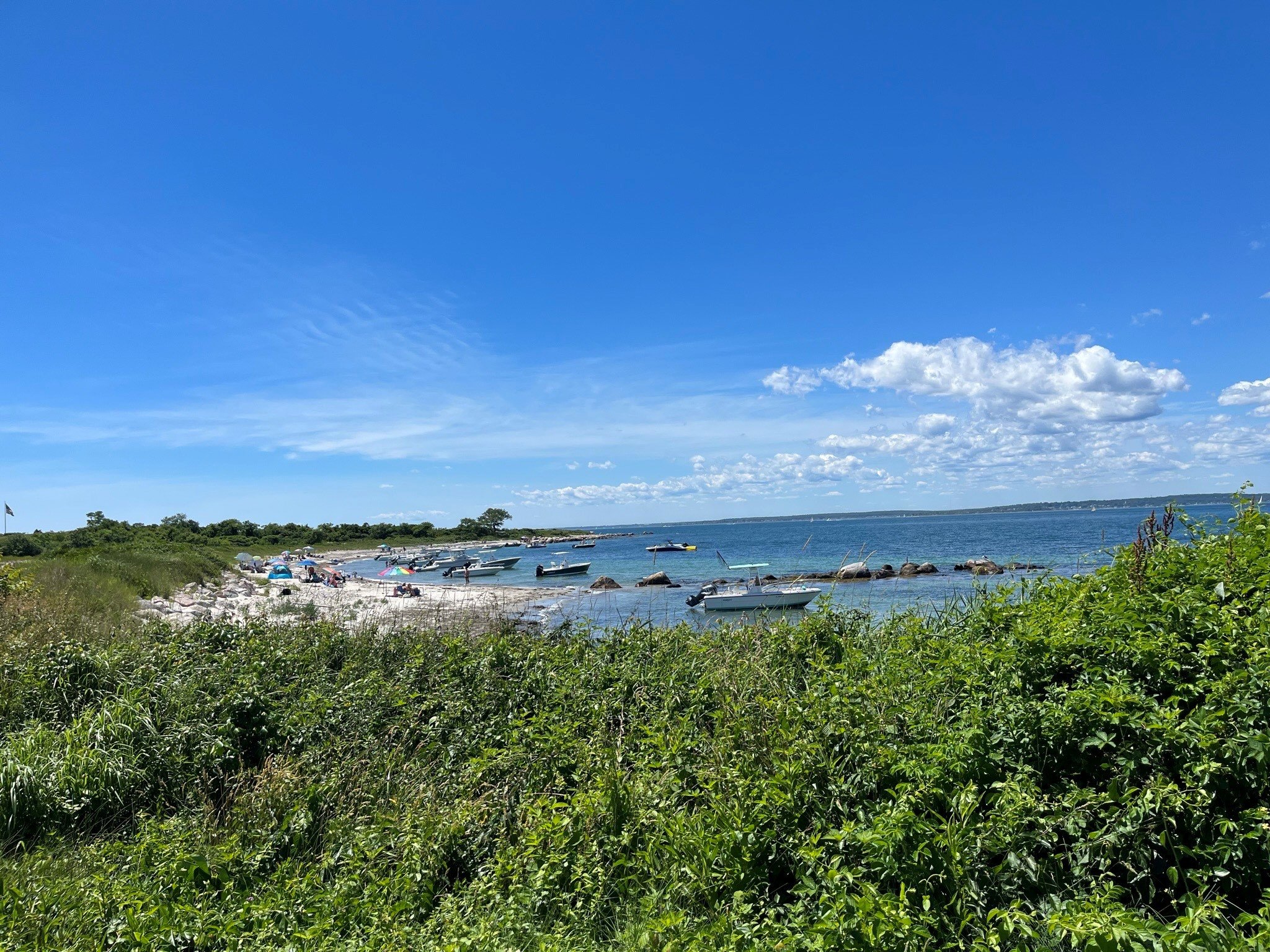
FISM Plan: Uprooting
Seagrass makes your marine recreational activities a vibrant, exciting experience. Don’t let anchors ruin your experience. Learn how the FISM coalition wants to make your valuable leisure time more enjoyable!
PC: Sally Wakeman
An anchor pulling up seagrass
is messy for you
and destructive for the fishes!
-
Physical damage is caused by anchors, mooring chains, propellers, and some types of fishing gear, such as rakes [1]. Anchors and mooring chains can create large bare patches in the eelgrass meadows, where prop scars create long lines of uprooted eelgrass.
-
When the plant is pulled up such as by an anchor, it can no longer function. If many patches are uprooted, the meadow habitat will become fragmented. Fragmentation makes seagrass less resilient to other stressors that are less within our control such as rising ocean temperatures and major weather events.
-
Minimize uprooting from anchors
Create voluntary no anchor zones to protect specific eelgrass meadows
Create anchor zones to give recreational boaters a place to safely anchor outside of eelgrass
Minimize uprooting from fishing gear
Limit destructive fishing gear types in eelgrass meadows
-
Recommend to the Harbor Committee to establish voluntary no anchor zones in areas of heavy use such as off the 8th hole and/or near Flat Hammock
Use buoys to mark eelgrass meadows and where boaters should avoid anchoring
Use strategically placed signs to educate boaters and beach-goers about eelgrass
Work with navigational companies to include seagrass meadows on electronic and paper maps of the area
Create educational programs around best boating practices
Recommend that the Harbor Committee create anchor zones, perhaps with guest moorings, in East Harbor and off the southeast end of Flat Hammock to indicate where boats can safely anchor
Create and distribute materials to inform boaters where they can safely anchor
Gather more information on the impacts of various fishing gear types
Educate clammers on less destructive practices for clamming.
-
New York State Seagrass Task Force (NYSSTF). 2009. Final report of the New York State Seagrass Task Force: Recommendations to the New York State Governor and Legislature. State of New York.

